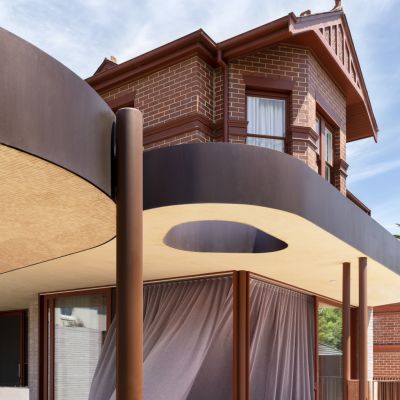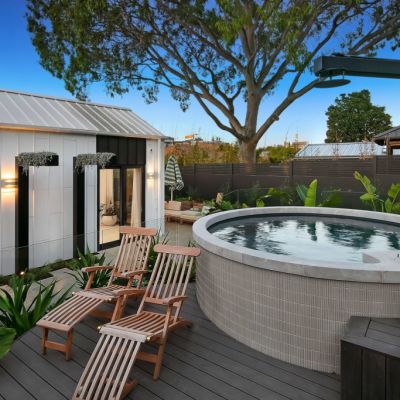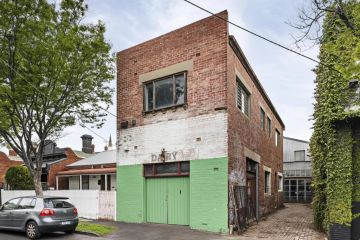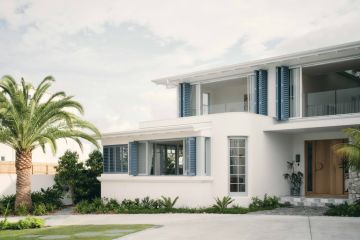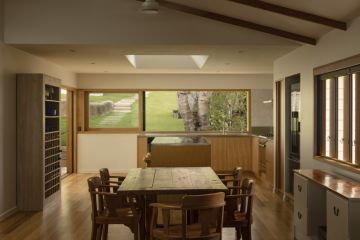Should mid-century homes be heritage listed?
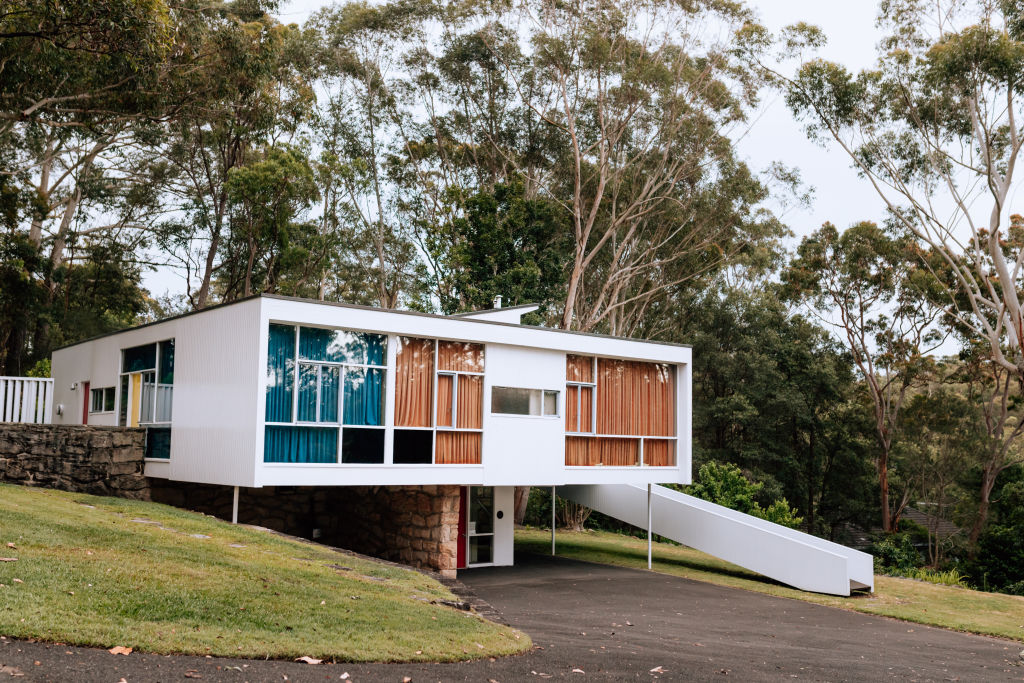
Thinking of mid-century architecture may have you conjuring up images of white-washed angular homes with turquoise pools in Palm Springs, but while mid-century homes were born in post-war America, incredible examples can be found across the world, including Australia.
Victorian and Federation-style homes generally come with heritage controls meaning they can’t be knocked down, and there are limits over how they can be renovated, however, mid-century homes don’t have the same protection.
Fiona Austin, chief executive of Beaumaris Modern, is fighting to protect mid-century homes in Victoria and explains that councils are only just starting to recognise the importance of the architectural style in our society.
“Every council in Victoria is meant to keep their heritage up to date (Victorian Planning and Environment Act 1987). Most councils are now reviewing their significant mid-century modern houses for heritage protection. It’s a rigorous process, and only houses deemed by the experts as significant are protected,” she says.
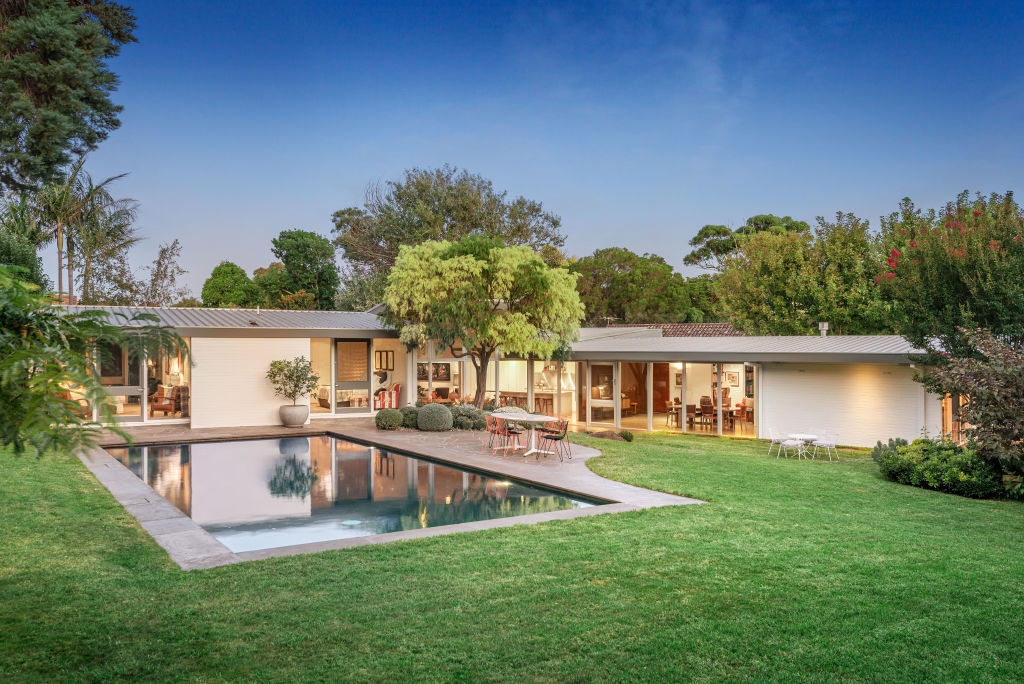
Ben Robertson, director of Melbourne-based architecture firm Tecture, believes whole-heartedly that the style of architecture should be protected.
“We definitely feel that mid-century homes should be heritage listed/protected and we treat all mid-century homes as if they were heritage listed,” he says.
“We often find that the clients who purchase a mid-century home are completely enamoured with the era, that they too want to ensure the home’s original aesthetic is honoured and reflected through contemporary design elements – without feeling too themed.”
Robertson adds that while Victorian-style homes hold a special place in Australia’s heritage, they often don’t use design principles geared towards Australia’s climate, whereas mid-century homes with their large windows, projecting eaves and indoor-outdoor connections are design principles often requested by clients.
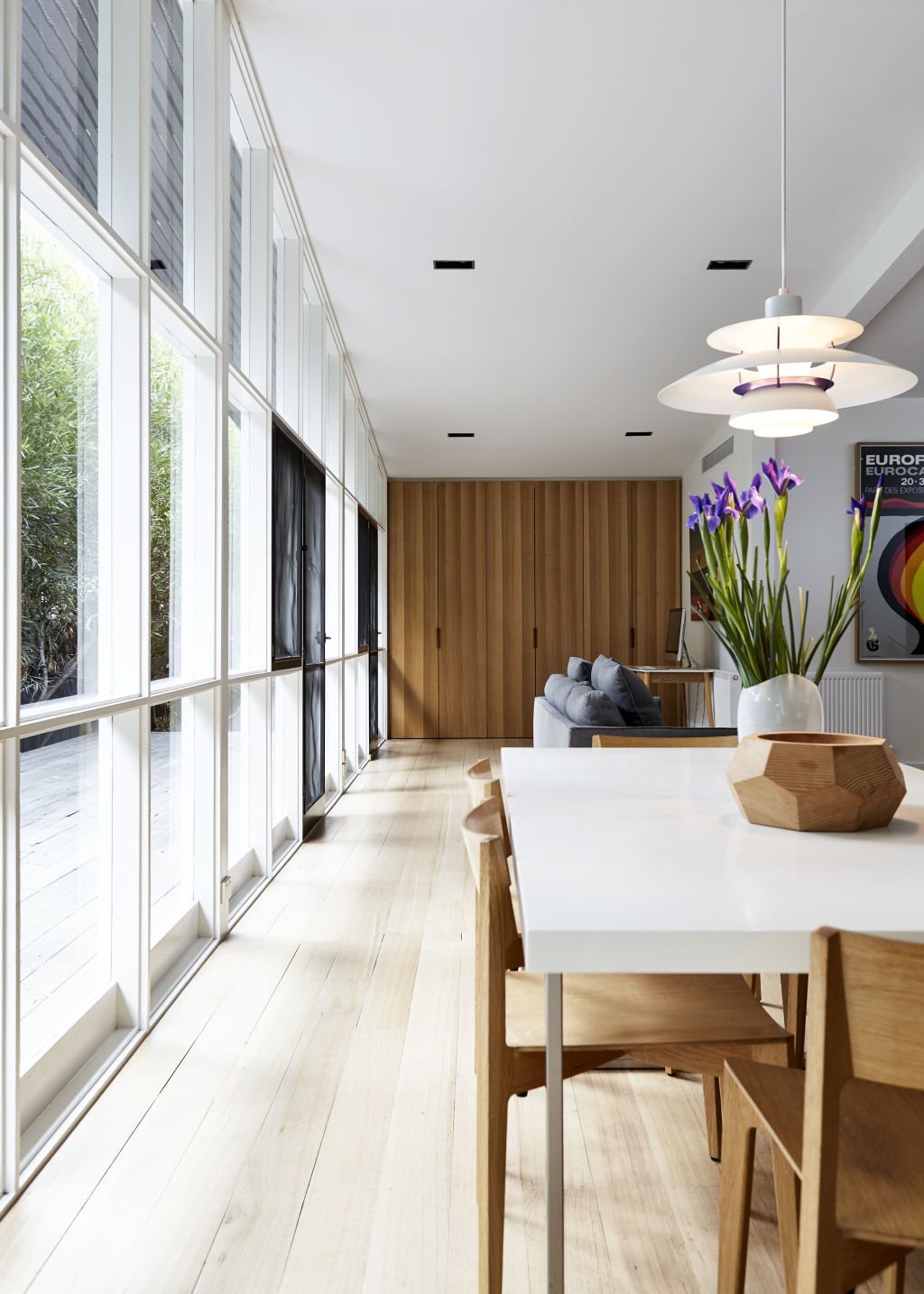
Going, going, gone
Despite the many fans of mid-century design, demolition of these architectural gems still occurs regularly.
“Sadly, we have so many examples of significant houses in Beaumaris [Victoria] that have been demolished,” Austin says.
“At Beaumaris Modern we understand that not everything can be retained, but it is very sad to see significant examples of mid-century modern architecture designed by well-respected architects being demolished. It’s even worse when these houses are replaced with poor quality housing.”
Austin adds that what many buyers in Australia don’t understand is that buying a mid-century home can be a great investment, especially as they become more of a rarity.
“In Beaumaris, a well renovated and restored mid-century modern house will hold its value and sell for more than a volume-build house, particularly after a 10-year time frame when volume builds start to date,” she says.
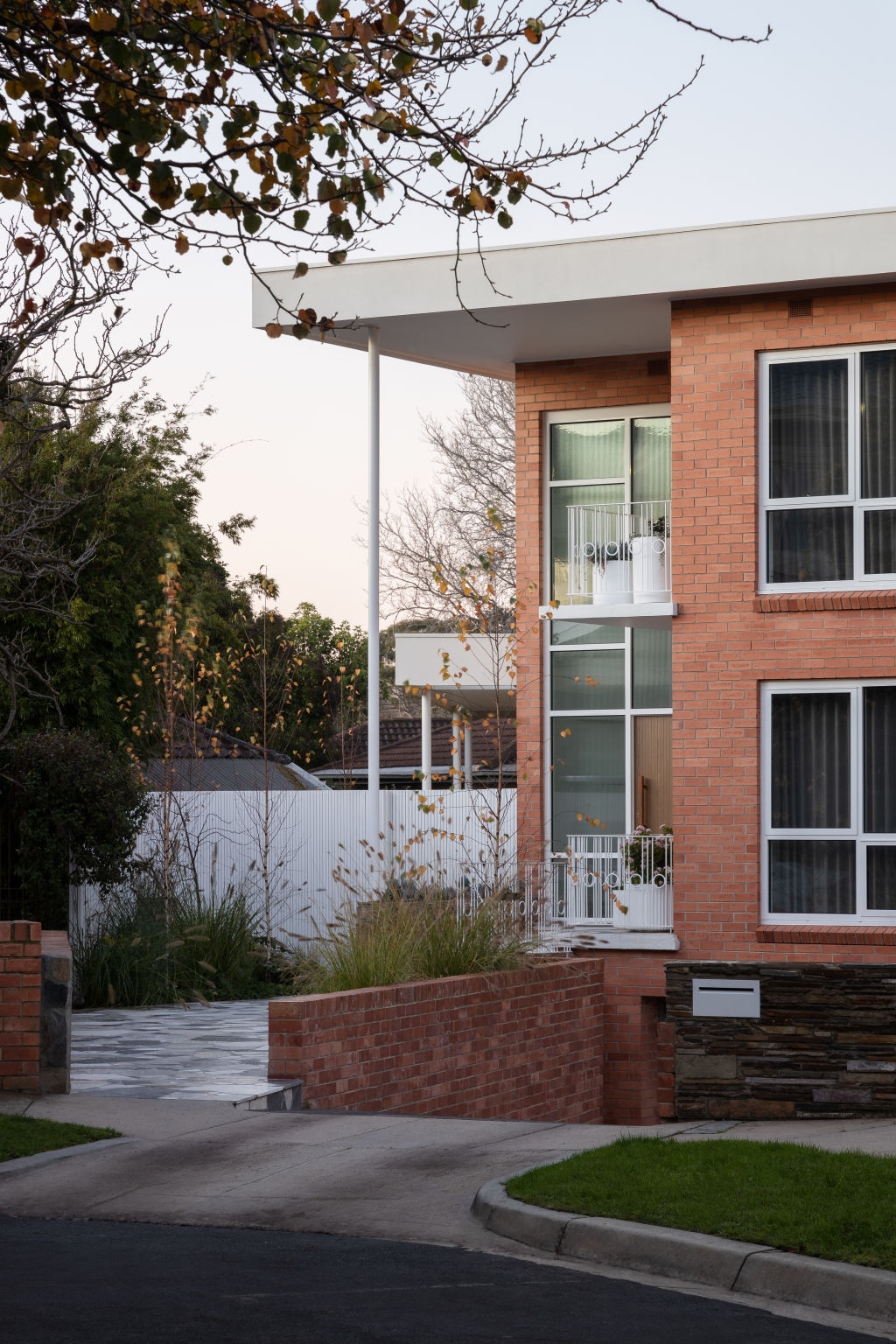
Resurrecting a mid-century marvel
Robertson and his team have worked on a number of mid-century restorations and have a passion for breathing new life into these tired homes.
“We love working on mid-century homes because they tend to match many of our design ideologies,” he says.
The most recognised project Robertson has worked on is the restoration of Balmoral House in St Kilda East, along with more recent projects, including interior architecture and design to an original design by architect-owner Jefferson Jones in Beaumaris and another home in North Caulfield.
While some buyers will be swayed to knock down a mid-century home to build their own masterpiece, Robertson says it’s worth exploring how to maintain the original design.
“We most often find the proportions and spatial flow of many mid-century homes to be quite respectful in scale and strongly connected to garden and entertaining zones, so the design process explores adapting to contemporary ideals,” he explains.
“Items such as mudrooms, butler’s pantries and of course technological and environment advancement can be seamlessly added. Generally, we admire the construction, the proportions, the light and how this period created architectural homes that allowed solar gain and liveability more than other architectural styles before it.”


We recommend
States
Capital Cities
Capital Cities - Rentals
Popular Areas
Allhomes
More
